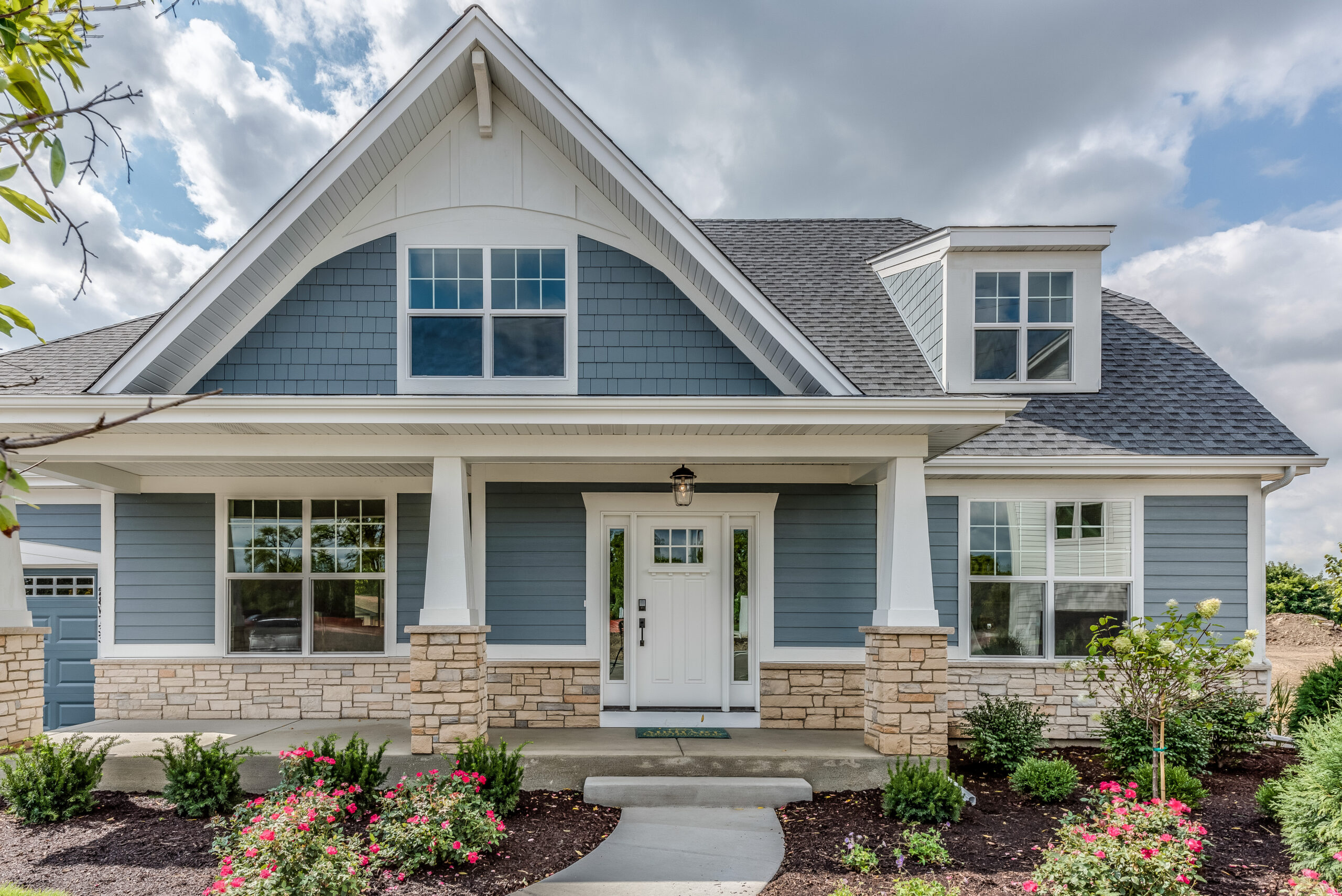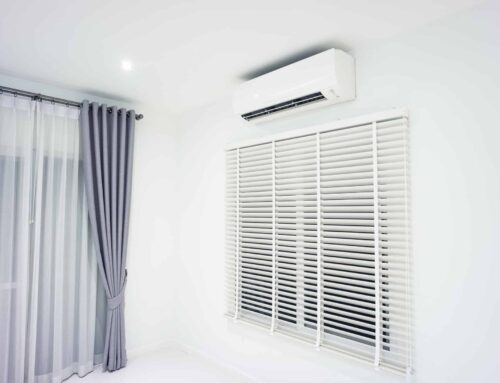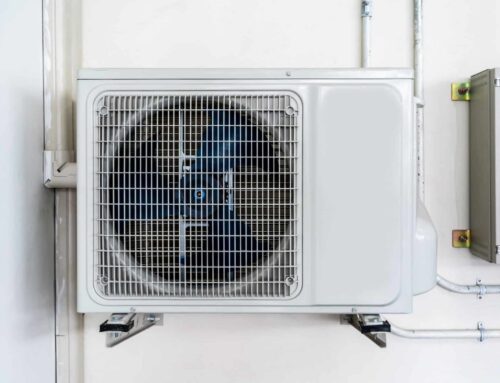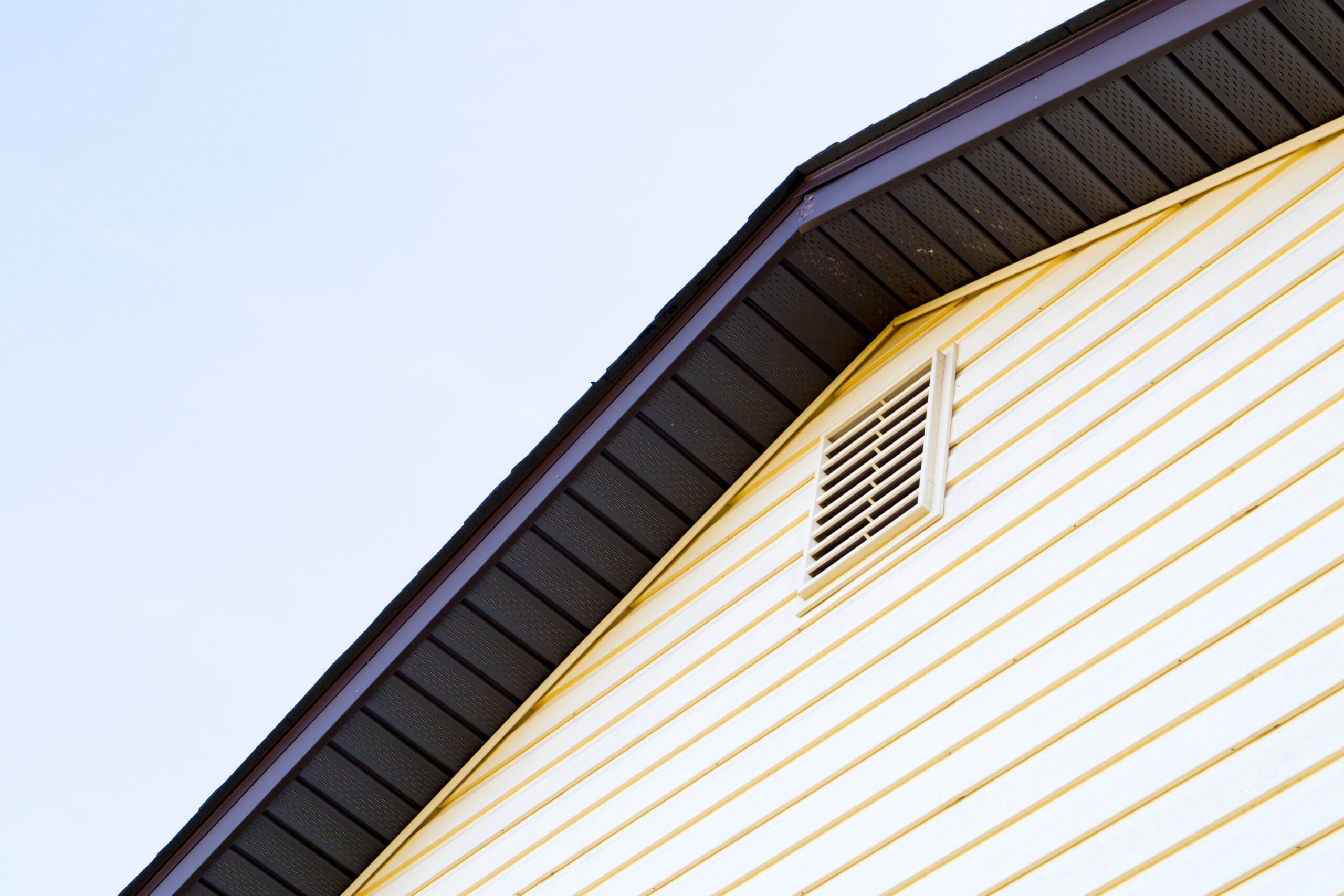“Spring has sprung”…as they say. For many, this means great weather and finally being able to be outdoors more. For others, spring is the time of year for cleaning and home improvements, especially because the heat of summer is right around the corner. The more you get done when temperatures are mild, the less you’ll have to do when it’s extra-hot outside. And if you take care of these five sections of your home now, you can take advantage of increased energy efficiency all year.
1) Bedroom
Even though you sleep most of the time you’re here, this is still a very important room. During the hot months, many people crank up the air conditioner just so they can be comfortable when they sleep. This wastes a lot of energy, and this is reflected in increased energy bills. That is where the ceiling fan comes into play.
Ceiling fans help circulate cool air in the summer by pushing cooled air downward. And in the winter, you can reverse the blade direction to push the cool air upward and mix with the warm air. By doing this, you’re able to be cooler in the summer and warmer in the winter while saving some energy.
Quick energy saving tip: A ceiling fan cools people, but not the room itself. It’s only cooling the body, so leaving a fan on when you’re not in the room only wastes electricity. So, save more energy and remember to turn it (and any lights or electronics) off when leaving the room.
Another easy improvement is with a Ductless Mini Split System. 
2) Attic
For a home improvement project that creates instant improvements to your energy efficiency, we recommend adding insulation in your attic. Your energy savings will depend on how much insulation is already in your attic and how old it is.
Insulation helps save energy because it acts as a barrier that keeps heat in during the winter and heat out during the summer. In order to maximize the efficiency of adding insulation, it’s best to air seal your attic to prevent 
The main sources of air leaks in your attic are around the chimney flashing, all HVAC ducts, the attic entrance, any recessed lighting, and a dropped ceiling. Once the air leaks are filled, then it’s time for the insulation to be added. To determine if your home needs insulation, you can either hire a trained Energy Specialist from Connecticut Retrofit who will do an entire home energy assessment for you or you can inspect it yourself.
If you do decide to do the inspection yourself, you need to determine the following:
Where your home needs to be insulated,
The thickness and the R-value of your current insulation, and
The type of insulation you already have. The R-value is a measurement for insulation’s resistance to heat flow and the higher the value the greater the effectiveness.
3) Kitchen
An easy way to give your kitchen a face-lift and make it energy efficient is to upgrade your appliances. For example, by replacing an older refrigerator with an Energy Star labeled model, you can use 40% less
In addition to updating your appliances, you can also replace all lighting in the kitchen with LED light bulbs which use less energy and create less heat, which is especially helpful when cooking during the hotter months.
If you aren’t looking to upgrade your kitchen but are interested in ways to save energy and cut down on your energy bill, here are a few energy saving tips for the kitchen:
Use pressure cookers or microwave ovens instead of the stove. They will save energy and reduce cooking time.
If you do use the oven, try to cook several items at the same time. Also, don’t open the door to peek in; opening the door can lower the temperature inside up to 25 degrees.
Only run a full dishwasher but be sure it’s not overloaded.
Let your dishes air dry. There should be an automatic air-dry option but if not, then turn off the dishwasher after the final rinse and open the door to let the moisture escape.
Allow foods to partially cool before putting them in the refrigerator since it takes more energy to cool hot food.
4) Living Room
An easy, but pricey, way to help with your energy bills is to upgrade your electronics with models that have received the “Energy Star” rating. This labeling showcases devices that reduce energy consumption without reducing the quality of the product.
Quick energy saving tip: Remember to turn off lights
If you are looking for less expensive options, just like in the bedroom, you can adopt the same tips for the living room as well. Use/install a ceiling fan and switch to LED lighting.
5) Throughout the Home
It can be beneficial to update all windows and doors leading to the outside. If you have older single-paned windows, chances are you have leaks in them, which means conditioned air is escaping through the leaks and outside air is coming in through them as well.
A simple fix would be to replace those windows with new, double-paned windows that are much more energy efficient and labeled “Energy Star”. 
If replacing windows is not the option for you, then you can add caulking and/or weather stripping to reduce air leakage. Determine where the air leaks are by inspecting windows and/or doors to feel any air coming through. Once located, apply caulk to fill in the gaps.
Lastly, if you do not have curtains or window coverings, it is a good idea to add them. By keeping them closed during the hottest part of the day, it will help block out the sun and keep your room cooler in the warmer months and they add a nice decorative touch.
6) Garage
The garage is probably one of the last places people think to make improvements to or make energy efficient. What many people don’t realize is the garage (especially if it is attached to the home) can be one of the largest culprits of air loss in your home.
One of the easiest ways to help prevent this loss is to add weather stripping to the bottom of the garage door and the door leading from the garage into your home.
Lastly, many people have a refrigerator or freezer in the garage for extra storage. This becomes a problem if you live in an area that has extreme high and low temperatures. Keeping the fridge/freezer at the proper temperature in extremely hot weather causes it to work harder. This is tough on the appliance AND it uses more energy, which costs you more money. So, if you are set on having another fridge or freezer in your garage, then think about replacing it with a model that is built “garage-friendly” and can withstand extreme temperatures.
If your interested in having an Energy Assessment performed on your home by Connecticut Retrofit fill out or contact form today to the right or call us at now by clicking the button below.






